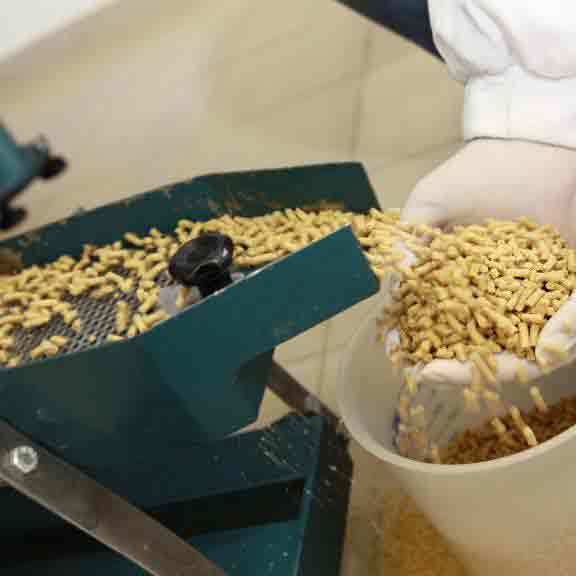11.21.2025
Sausage casings bulletin, November 21, 2025

...

Feed and Grain Prices Fall on Technically-Driven Selling Feed and grain prices were generally lower on Thursday. Still, nearby corn futures managed to hold onto narrow gains following another week of robust export sales data and anecdotal reports suggesting Chinese buyers might be interested in U.S. ethanol. The narrow gains in the nearby contracts (March contract +1/2 cent per bushel) continued to drive spreads higher as deferred contracts fell by more than 3/4 percent (December contract -3 3/4 cents) on broad selling across agricultural markets. The selling was particularly intense in soybean meal after the benchmark contract failed to breach the 20-day moving average, triggering technically-driven selling that left futures down about two percent (March contract -$9.50 per ton). Weak export sales data also weighed on prices and contributed to oil/meal spreading by funds, which sharply increased oilshare. The drop in soybean meal contributed to selling in soybean futures to keep crush margins from falling lower. The soybean market has to ration demand, and weak crush margins may indicate domestic buyers cannot compete with export demand. The need to provide an economic incentive for crushers likely means the soybean meal market will be leading the soybean complex, at least in the short term. For the moment, the benchmark contract seems to be consolidating around $13.50 per bushel. Still, the 1 1/2 percent decline (March contract -21 1/2 cents per bushel) on Thursday could be the beginning of a new leg lower as growing conditions in South America seem to have at least stabilized and could improve in critical areas if the weather forecast verifies. Wheat prices were broadly lower as traders cited technically-driven selling for the weakness. The benchmark Chicago contract’s failure to breach the $6.60 per bushel level drove the selling, ultimately pushing the market through stops around the 20-day moving average. In the benchmark contract, $6.60 has provided support and resistance since closing just above that level on the day the United States Department of Agriculture (USDA) released its monthly supply and demand estimates. The decline on Thursday could also set up a head-and-shoulders pattern that could indicate additional selling in the short term. For the day, Chicago futures fell almost 1 3/4 percent (March contract -11 1/4 cents per bushel), Kansas City dropped nearly 1 3/4 percent (March contract -10 3/4 cents), and Minneapolis fell more than two percent (March contract -13 1/4 cents). Export sales for the week ending January 21 totaled 380,500 tonnes for wheat, in line with market expectations ranging from 250,000 to 600,000 tonnes. New crop sales of 216,000 tonnes were well above the upper end of analysts’ estimates, which topped out at 50,000 tonnes. Weekly shipments totaled 505,800 tonnes, up 92 percent from the prior week and 37 percent from the four-week average. Sales of old-crop corn totaled 1.85 million tonnes, well above market expectations ranging from 900,000 to 1.6 million tonnes. There were no new crop sales, but shipments totaled 1.41 million tonnes, up 60 percent from the prior week and 20 percent from the four-week average. At 466,000 tonnes, old-crop soybean sales were well below market expectations ranging from 800,000 to 1.4 million tonnes. However, new-crop sales of 1.56 million tonnes were well above expectations ranging from 250,000 to 550,000 tonnes. Weekly shipments of 2.19 million tonnes were down eight percent from the prior week but up one percent from the four-week average. Soybean meal sales totaled 142,200 tonnes, just below analysts’ expectations ranging from 150,000 to 400,000 tonnes. However, weekly shipments of 348,500 tonnes were a marketing-year high, increasing 46 percent from the previous week and 37 percent from the four-week average.